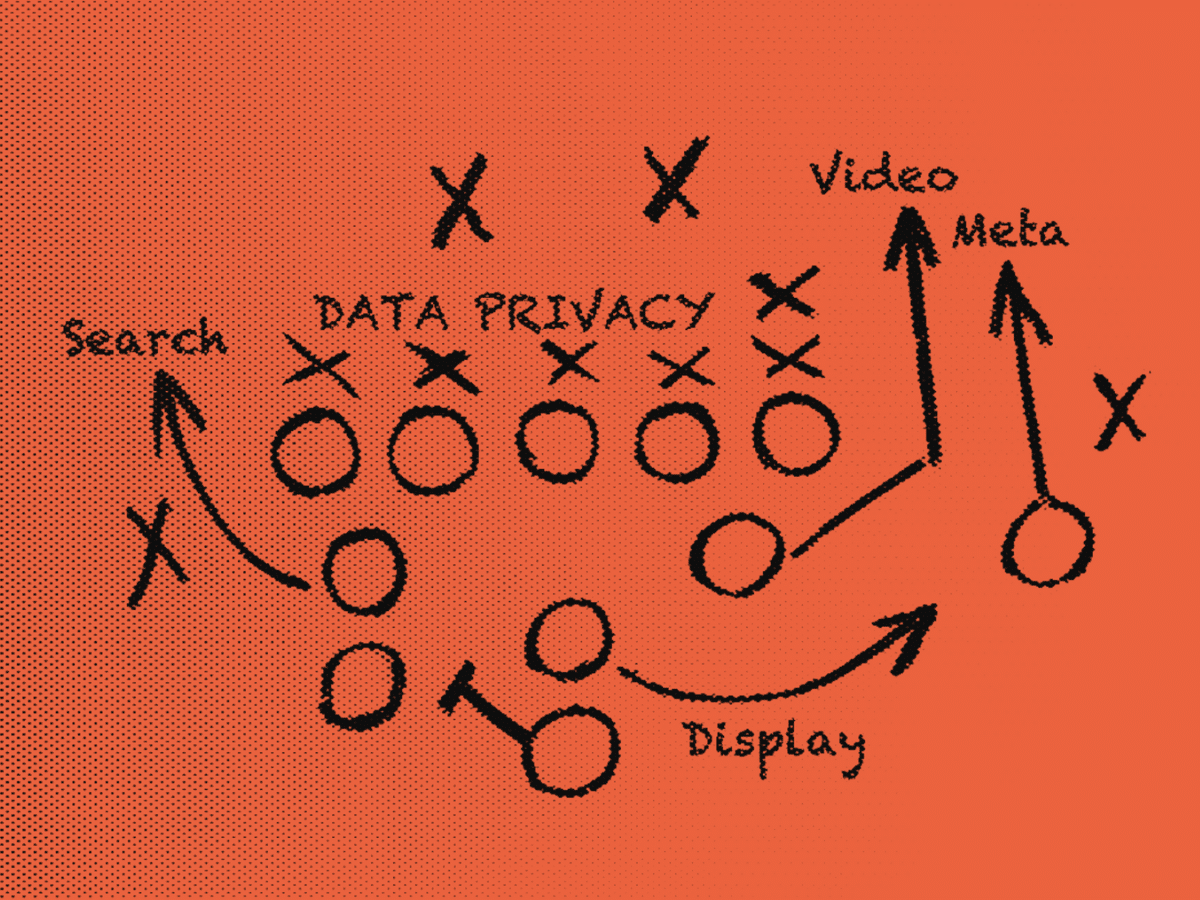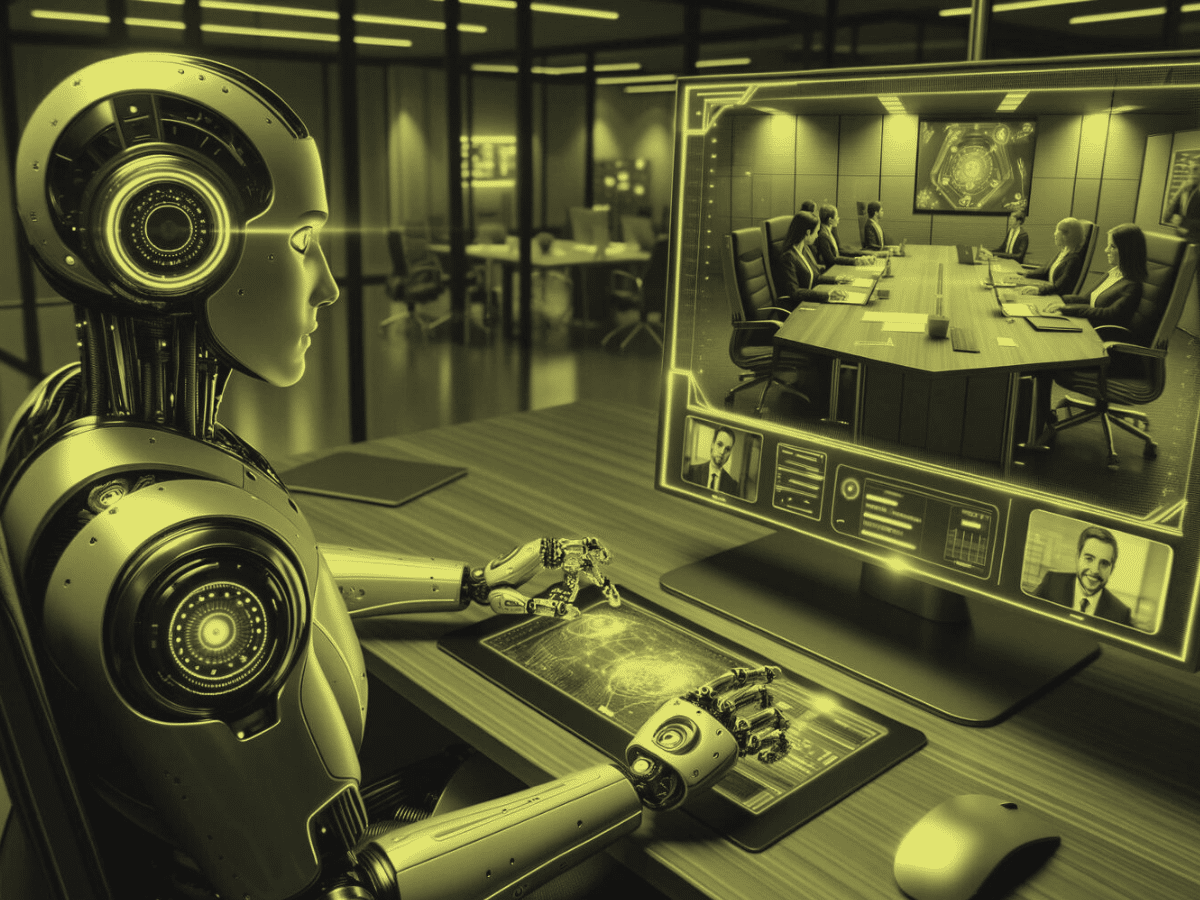Complex, risky enterprise technology integrations will soon be a thing of the past.
https://pixabay.com/en/artificial-intelligence-ai-robot-2228610/
Risk is at the heart of every capital enterprise. Someone who risks their resources investing in a potential business is ultimately accountable for the success or demise of that business.
During the industrial revolution, capital enterprise typically meant building huge factories, outfitting them with machinery, and then hiring as many low-skilled operators as possible.
In today’s business environment, things hinge less on physical labor and more on data. Today’s entrepreneurs and business leaders have to decide between a dizzying number of enterprise resources that make modern business possible.
Many of the organizations behind these resources have become powerful names in the industry: Salesforce, Oracle, Adobe, and SAP are just a few. These systems build the foundations that every large-scale organization in the world relies on for almost all of their routine tasks. Therefore, they must be constantly innovating.
But these purpose-built technological solutions come with their own set of risks. Executives typically go to great lengths to identify and mitigate these risks using processes that may soon be made obsolete by artificial intelligence.
The Risks Of Enterprise Technology Integration
One of the major challenges that executives face is choosing the specific combination of technologies their organizations will use to meet business needs. They have to weigh the advantages and drawbacks of various third-party providers and their own in-house capabilities to arrive at a streamlined, integrated system for doing business.
Therefore, these integrations tend to be incredibly complex. Not only must a broad variety of purpose-built systems do their jobs correctly; they must also connect with one another in a streamlined way.
At the same time, these technologies need to work together across a wide variety of business tasks like marketing, production, supply chain, point of sale, procurement, and finance. Often, they must interact with external ecosystems to do this.
Enterprise technology integration is so complex that most executives simply outsource it to major firms. Alternately, they may outsource the business process itself to a service vendor with readymade integration.
These are major decisions that enterprises typically cannot go back on – once you’re committed to a technological ecosystem, you have to make it work. So the problem with enterprise technology management is that it forces executives to make risky long-term bets on almost every aspect of their infrastructure. This introduces a great degree of risk into the equation. Every new process integration weighs down the system, becoming an intrinsic barrier to innovations in process and intelligence usage.
https://pixabay.com/en/dices-over-newspaper-profit-2656028/
Cost
Enterprise technology implementations come with significant short- and long-term costs. Deploying a comprehensive in-house solution reduces operating costs but it requires massive up-front investment. Business-Process-as-a-Service solutions require no up-front investment so they end up costing similar amounts over time. They also include significant switching costs to move between options.
Interoperability
The more complex a technology ecosystem is, the harder it is to maintain interoperability within it. Interoperability failures lead to workarounds, which then hurt efficiency and make the corresponding infrastructure redundant at best; obstructive at worst.
Culture
Changing processes and ownerships within an organization always carries a cultural impact. There is no guarantee that employees, managers, and directors will accommodate new processes or technologies the way enterprise technology consultants say they will, and there are plenty of examples of times they did not.
Culture rejection is a serious investment risk. Integration strategies that fail to accommodate company culture negatively impact morale throughout the entire organization, from entry-level to the executive suite.
Future Trends
Enterprise technology integrations are never future-proof. At best, they are reasonably future-resistant, but even the best projections can never predict how the organization should respond several years down the line. Building and integrating new solutions can take years. That process doesn’t even start until the company is certain that the future is changing.
Many organizations learn about this risk the hard way as growth makes their integrations become increasingly brittle and unmanageable. P2P integrations offer a great example of how this works.
How AI Solves Enterprise Technology Integration’s Biggest Problems
The main problem with enterprise technology integration is that it is a static solution to a dynamic problem. Executives look for technology solutions to address particular business challenges, integrate them, and then hope for the best as the business system responds to these changes with a new set of challenges.
The world’s top enterprise executives recognize this and establish processes for dynamically responding to technology needs. They collect data continuously and optimize business solutions within and across data stacks, constantly testing for better, more efficient solutions. This could be called the Bezos approach, but it’s not limited to Amazon.
Artificial intelligence makes it possible for executives running organizations of nearly any size to apply the same concept. But, AI technology is ideally suited to the task of continuously collecting data, optimizing its algorithms, and continuously testing its results to come up with better solutions.
With an AI integration resource on-hand, enterprise executives no longer need to think about organizing and committing to one technology. Instead, the organization simply subscribes to specific solutions for their business challenges.
Behind the scenes, this intelligence-as-a-service (IaaS) solution would optimize within and across data stacks to find the most efficient solution for every problem at hand. The transformative part of the process is that artificial intelligence can do this autonomously without any need for additional input.
https://pixabay.com/en/doors-choices-choose-open-decision-1767563/
The key to making this solution work is establishing a centralized marketplace for data, algorithms, and workflow solutions for artificially intelligent integrators to browse through. This is where Chameleon Collective and Shortest Track come into the picture.
Introducing the Merchandising Mart
Chameleon Collective is helping Shortest Track launch the Merchandising Mart, a back-end ecosystem and AI front-end solution for addressing business challenges. The Merchandise Mart takes in data from suppliers and algorithms from developers and executives use artificially intelligent solutions to source, assemble, manage and operationalize the best solution for their needs. But under the hood, the algorithms are validated and benchmarked.
This performance grading of analytics at the granular level drives continuous source improvements. It also enabling AI assembly and optimization to automatically maintain the best solutions. This becomes powerful as the assembly and optimization process includes transfer learning to leverage algorithms across all business verticals. So improvements in retail analytics immediately impact the quality of consumer product analytics.
This levels the playing field between enterprises employing data scientists – who can directly leverage the backend to optimize data within and across stacks – and those who simply need solutions directly from an integrated front-end interface. This platform lets executives in all industries continue to monitor and update their solutions for change, performance, and efficiency. Moreover, this includes leveraging practices across industries to innovate. Shortest Track has an AI front-end to explain, train, and sustain solutions to make the intelligence actionable to executives. This next-generation operating model enables companies to move and adjust fast.
For executives, subscribing to the Intelligence-as-a-Service from the Merchandising Mart ecosystem represents the best way to find answers to old and new business questions. Also, it makes it easy to identify opportunities to increase productivity over time by automatically reviewing processes according to new contributor components.
This approach offers excellent results when applied to specific problems, while also providing a platform for addressing complex business environments. As executives adopt this next-generation operating model across multiple departments, it will provide five additional benefits:
- Automatic integration of data, analytics, and external APIs across the enterprise.
- Automatic auditing of data, analytics, and usage across the enterprise.
- It’s easier for executives to leverage an integrated understanding of their business.
- It’s easier for executives to change the analytic orientation of their business.
- Analytics are now organic. They’re evolving at the speed the innovation without the change management overheads of process, integration, and data governance.
Shortest Track’s AI-powered Intelligence-as-a-Service front-end with its AI-managed Merchandising Mart ecosystem back-end enables companies to implement a next-generation operating model today at their own speed, starting with an entry point and then migrating across their company.
Sources:
https://er.educause.edu/articles/2018/4/are-workarounds-an-excuse-to-accept-bad-process-design






